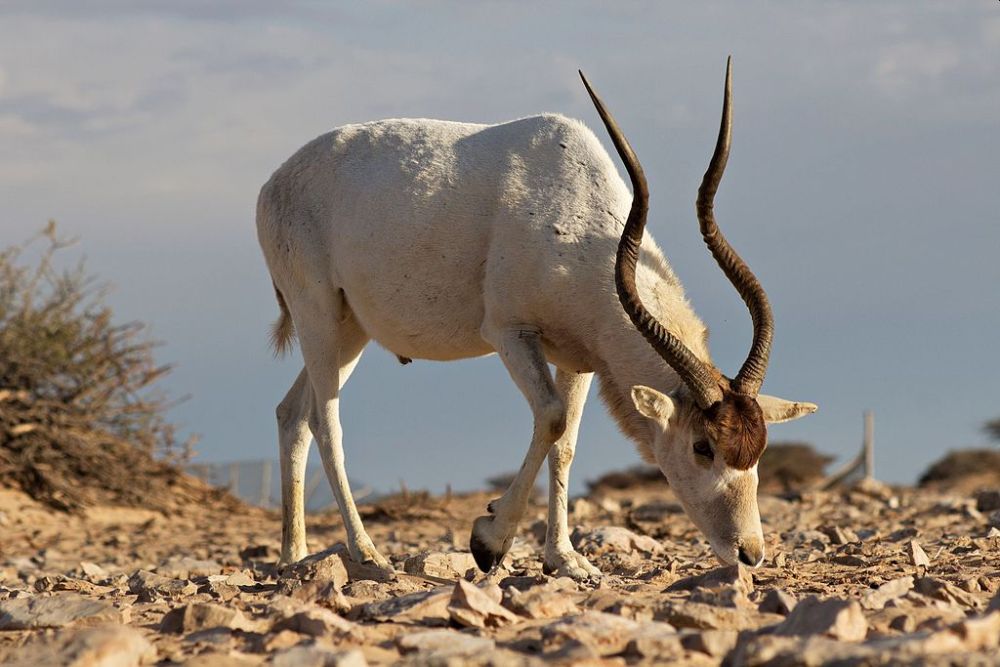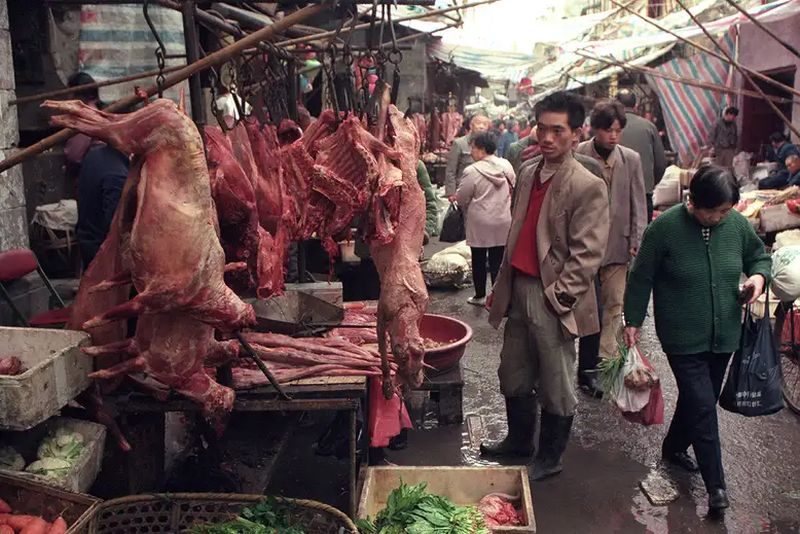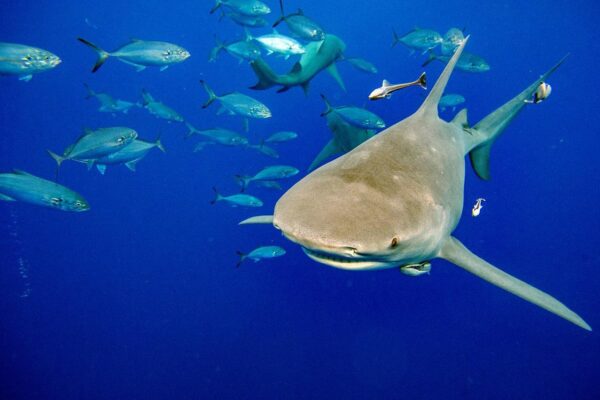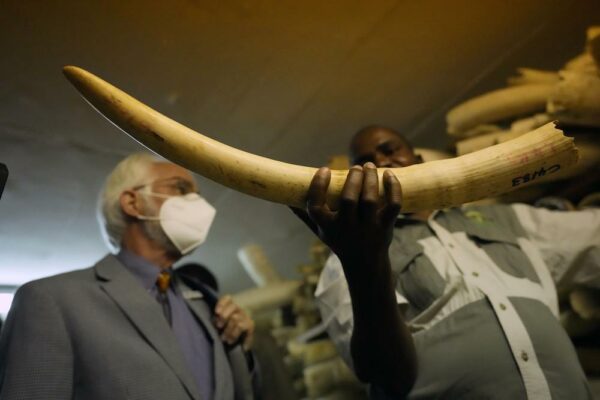How Animal Farming can Trigger the Next Pandemic
Professor Van Oosterhout from the department of evolutionary genetics stated that growing the breed of animals has made the livestock a “source” for the evolution of pathogens that can transform from animals to humans. According to studies, animal farming can lead to the next pandemic.
As reported in the journal Virulence, he warned that emerging infectious diseases pose an existential threat to humans. To minimize the threat, he discussed reintroducing genetic variation to livestock and reducing animal protein consumption.
Many reports have identified the eating and farming of animals as the single most risky human behavior relating to the pandemic. Factory farms are perfect breeding grounds for upcoming pandemics.
It is recorded that almost 75% of emerging infectious diseases in humans are zoonoses – they all pose a serious threat to global health and result in more fatalities than diabetes and traffic accidents combined.

According to studies animal farming can lead to the next pandemic | Image: Haytem93/Wikipedia
Experts state that the recipe for a disaster is simple – one animal, one mutation, one human, and a point of contact. In the wild, the germs and animal hosts have dynamic cooperation and have an adaptive genetic change as the two species interact.
Due to continuous adaption and counter adaptions between the parasite and the animal host sustain together without overtaking each other.
Combined with human modification of the environment has increased the likelihood of viruses jumping from species barriers. As a result, the livestock acts as a medium in transforming infectious diseases.

According to studies, animal farming can lead to the next pandemic as livestock has become a “source” of infectious diseases | Image: Amnat/Alamy
This destruction is fueled by the combination of habitat destruction, illegal wildlife trade, and mass migration of animals and people, making it a “perfect storm” for the development of pandemics.
Professor concluded that the emerging infectious diseases can “possibly be the greatest existential threat to humanity.”
To minimize the threat from the future pandemics and the outgrowing COVID-19 pandemic, he proposed three effective and scalable solutions – control and reduce the gene flow of pathogens, restorative genetic variation in livestock, and reducing human consumption of animal protein.


